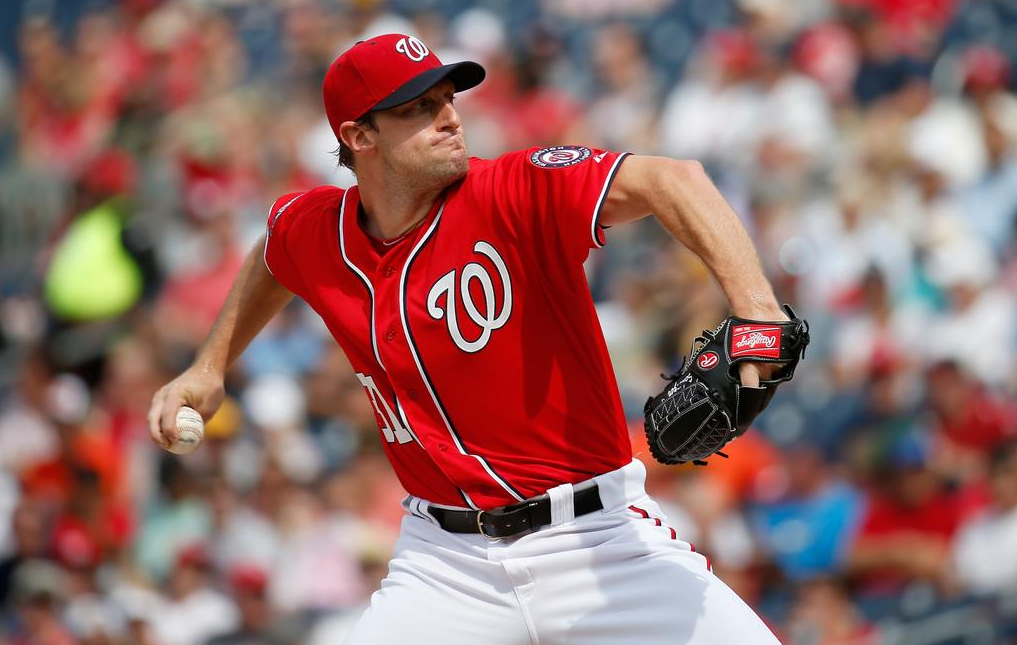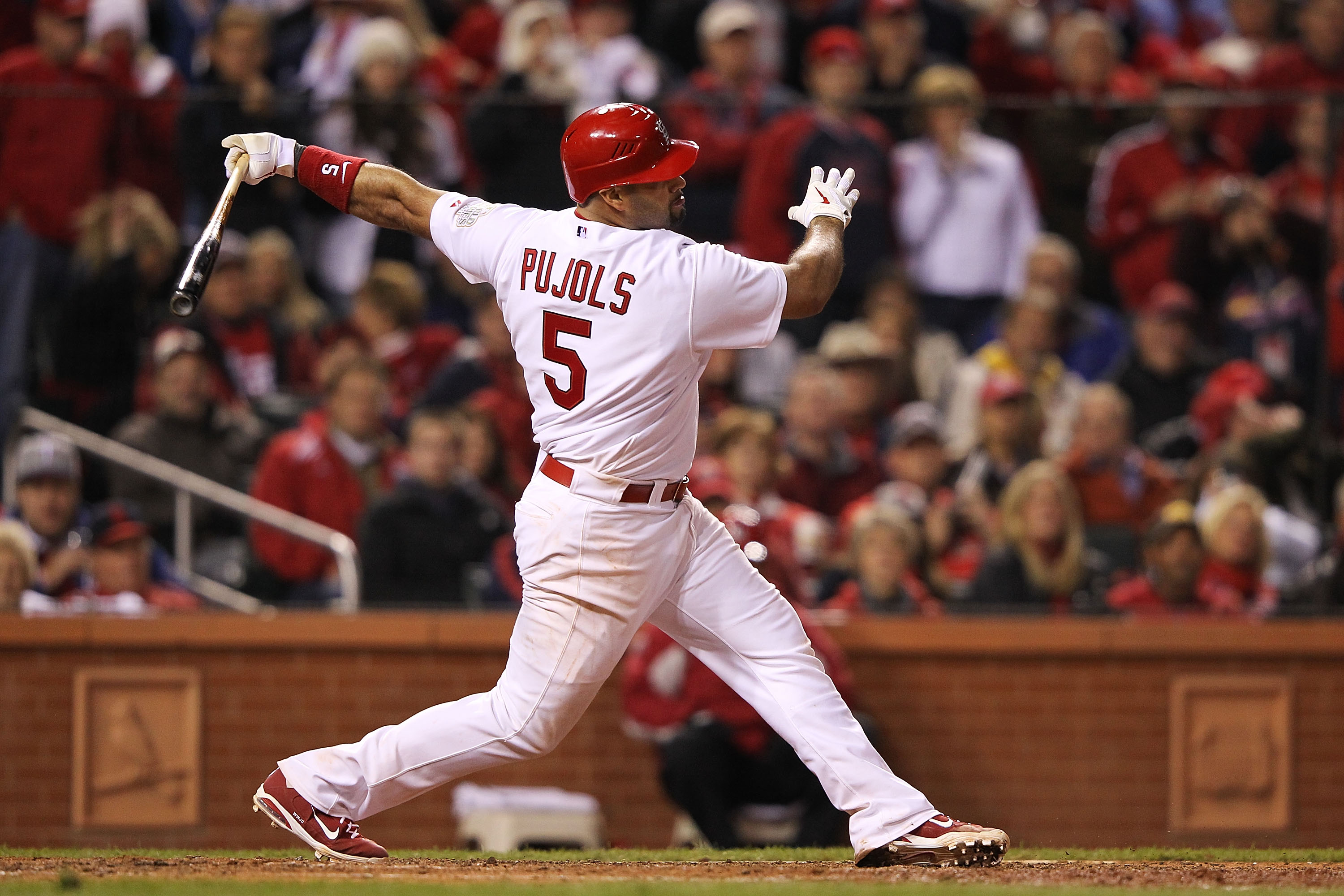Sometimes players get into zones for a couple weeks that make their salaries rocket up – think Russell Westbrook during this past NBA season, Clayton Kershaw last August and September, and Max Scherzer, well, right now. In general, the topic for today’s article is how high is too high in terms of a player’s salary. We’ll look at both hitters and pitchers.
Obviously, each day is different – if you have a pitcher priced at above $13,500 but there are other value pitchers who project well, it’s probably not wise to spend on that guy. While a player can still hit value even if their salary is sky-high, we still need to make all roster decisions within the context of the salary cap. You want to maximize your entire roster, not just that one spot.
So, since Max is doing all this now, let’s start by looking at pitchers. Here’s all the instances of players who have been priced at $13,500 or higher in the last year (all of this is DraftKings data) and how they performed:

First, what a beast Kershaw is (total Plus/Minus here is +6.84). As you can see, based on our calculations, we’d expect a player priced at $14,000 to score 24.01 points to hit value. Obviously for guys like Kershaw and Scherzer, that’s definitely attainable. The issue comes when that player busts for the day – if your value pitcher at $6,000 doesn’t hit value, it’s much less damaging than a guy who you’ve invested nearly 30% of your salary cap in.
Fortunately for players like this – as you can see from Kershaw’s successive starts above – they rarely bust or underperform. I’m not saying it won’t ever happen, but there’s some safety that comes with selecting these guys – added to their upside, it’s why you have to pay such a premium for them. If they’re in a good matchup on top of that, I certainly wouldn’t be scared of rostering a high-priced pitcher.
Now, let’s look at recent batters who’ve had crazy-high salaries ($6,000 or higher):

The total Plus/Minus for these hitters in the last year is -0.19, but as you can see they’re still fairly safe. We’d expect a hitter priced at $6,000 to score 9.08 points to hit value, which is pretty high. You’ll need that player to get multiple hits or knock one out to hit value, but obviously these players are the ones most likely to do just that.
The difference between taking a high-priced batter and pitcher is going to come down to positional scarcity – there might be a couple first basemen on the day who have good wOBA and ISO splits against their opposing pitcher and have a good chance to hit a home run. There’s just not many pitchers every day that have the upside of double-digit strikeouts.
But again, each day in DFS is unique. There might be several value batters that allow you to fit in Goldschmidt at over $6k, or there might not be any and you have to go with a more balanced roster. Perhaps Goldy will be lower-owned in this instance, so he’s valuable in that regard.
I know this is a bit wishy-washy – you probably just want to know how high Scherzer’s salary has to be when you should fade him. But these articles aren’t intended to give hard and fast rules that can be applied the same way every day – sports just don’t work like that. Instead, let’s focus on decision making and how to think in the context of the salary cap and with certain concepts like positional scarcity. Applying principles like that with the hard and fast data of players (wOBA splits, K/9 rate, etc…) can be a really nice way to steadily build your bankroll and win contests.





